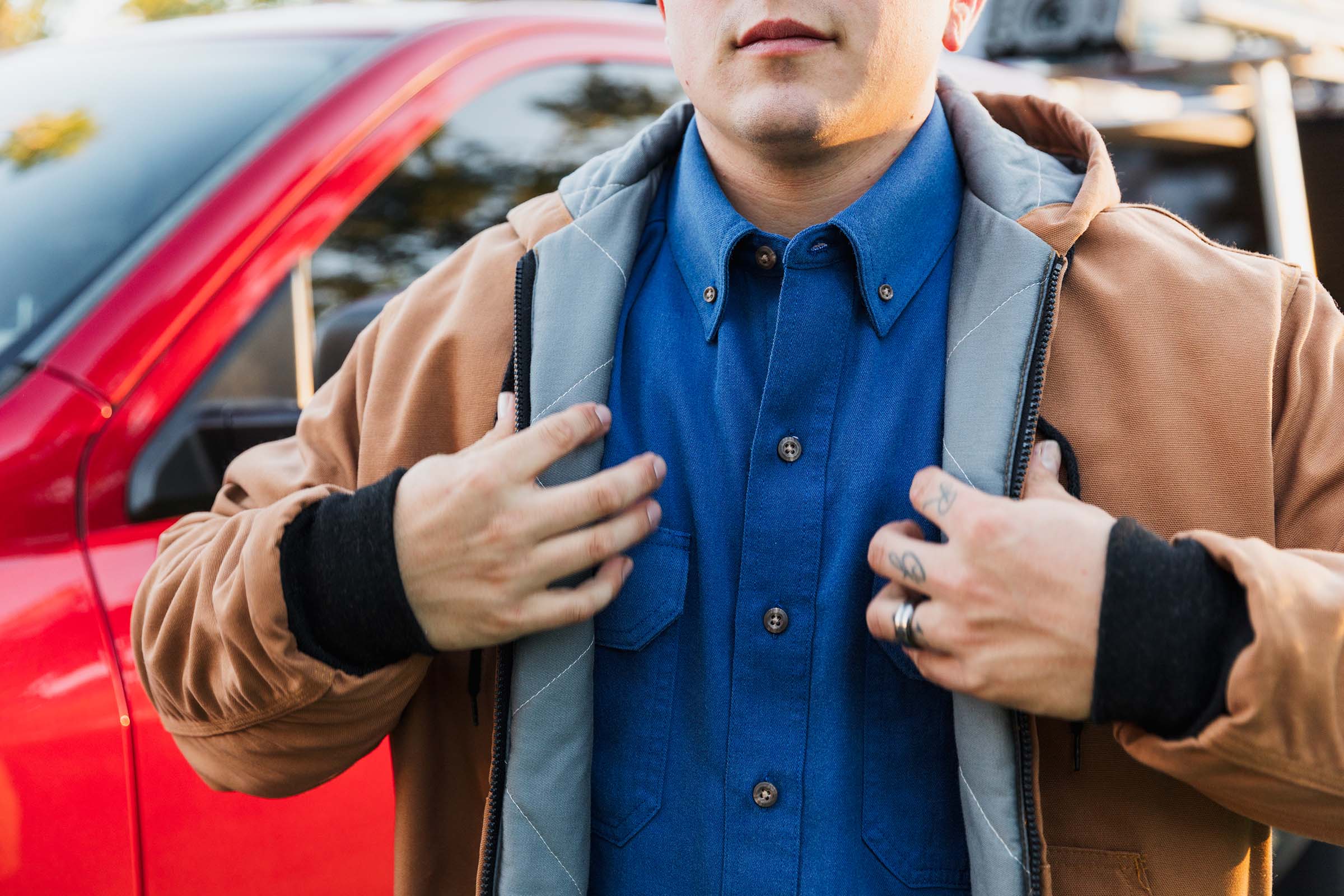Five facts you may not know about FR fabrics
FR Fabric Education 15 Jul 2019
 There are many factors that go into creating a high-quality FR fabric. While there are many flame resistant (FR) properties that are often mentioned, such as durability and industry certifications, there are some characteristics that tend to receive less attention. We rounded up five interesting facts that you may not know about FR textiles to expand your knowledge on this important component of personal protective equipment (PPE).
There are many factors that go into creating a high-quality FR fabric. While there are many flame resistant (FR) properties that are often mentioned, such as durability and industry certifications, there are some characteristics that tend to receive less attention. We rounded up five interesting facts that you may not know about FR textiles to expand your knowledge on this important component of personal protective equipment (PPE).
1. There are four levels of AR protection for NFPA 70E. Arc flashes are measured by calories per square centimeter. The higher the calorie, the higher level of AR protection is necessary to help reduce the risk of injury. The table below outlines the category of garment protection necessary to help mitigate injury from the corresponding calorie of fire in an arc flash event as outlined by NFPA 70E.
| Clothing Protection Level | Fire intensity (measured in cal/cm2) |
| Category 1 | 4 |
| Category 2 | 8 |
| Category 3 | 25 |
| Category 4 | 40 |
It is important to note that when selecting PPE, choosing garments that meet or exceed the hazard assessment calorie findings will better help protect the wearer from short-term thermal events, such as arc flash or flash fires. As such, it is important to conduct workplace hazard assessments to determine the category of PPE necessary to mitigate risk should an incident occur.
2. The type of fabric doesn’t necessarily provide better FR protection. A current industry misconception is centered on whether one type (for example aramid or cotton) of FR fabric is better than another. While a specific fabric may be more suited for your workplace needs, like breathable fabrics in warm climates, it is important to research FR protection of the garment as well as the fabric manufacturer before selecting a fabric for your FR PPE program. Industry marketing jargon has lead people to assume a garment provides sufficient protection against thermal hazards or provides a certain level of comfort, when that may not always be the case. Always be sure to choose a reputable fabric brand, such as Westex by Milliken, to help mitigate risk should an arc flash or flash fire occur.
3. FR garments can provide the comfort and styling of streetwear. With advancements in FR technologies, garments have evolved to include lightweight, breathable, and more comfortable options, like FR denim. Because of this, industrial workers do not necessarily have to rely on heavy and uncomfortable garments for FR protection. FR daily wear options mimic the look and feel of streetwear while also providing thermal hazard protection. Westex by Milliken is dedicated to developing fabrics that are comfortable with a want-to-wear aesthetic that also meet or exceed industry requirements, like our popular Westex Indigo® fabrics made in partnership with denim powerhouse Cone Denim®.
4. When specifying a trusted, branded fabric like Westex, FR properties are guaranteed. When cared for according to the garment instructions, your AR/FR garment should be guaranteed to be flame resistant for the life of the garment. That is why it is important to choose FR garments that come from trusted brands like Westex by Milliken. A garment is only as good as the fabric it is made of, so you want to be sure to select one that will be flame resistant for the life of the garment.
5. Fit and tailoring has greatly evolved. As advancements in technologies have evolved, so have the ways to make a garment feel more like everyday clothing. Twenty years ago, FR garments were stiff, uncomfortable, and not stylish. Since then, the industry has involved tremendously, Westex® brand fabrics are engineered to provide comfort like softer, flexible constructions and garment manufacturers have evolved designs that are more in line with non-FR apparel.
